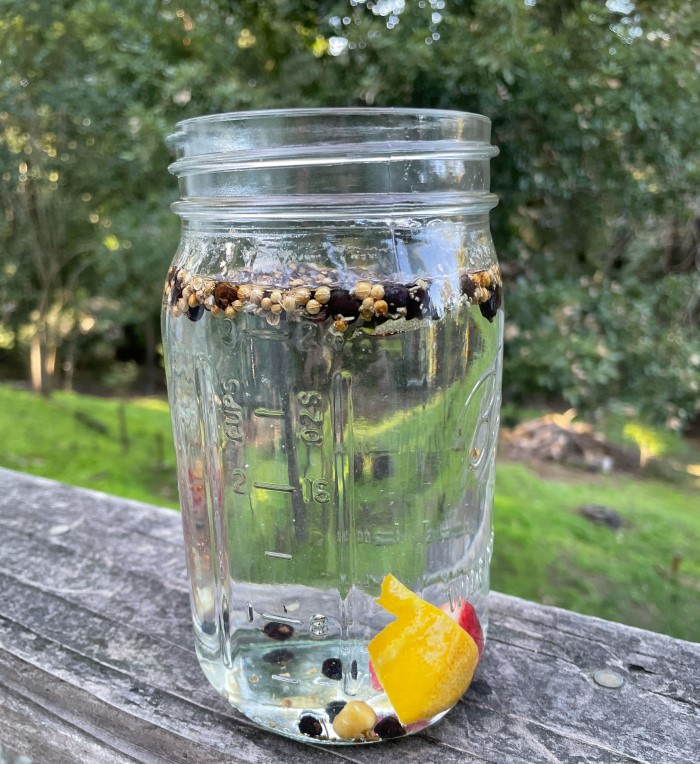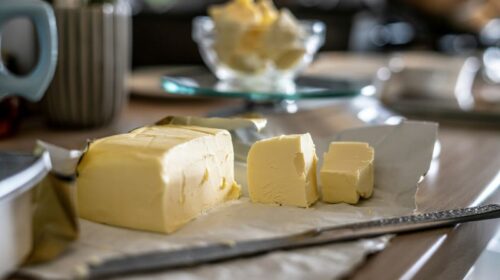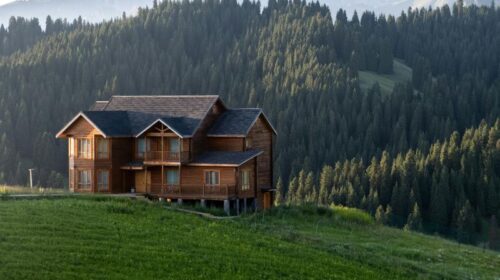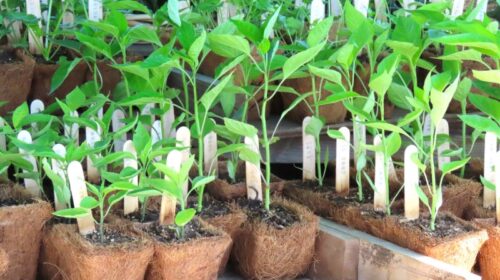Mountain Fermenter: Making Your Own Gin, Santa Cruz Mountains Style
By Greg Roe and Mike Desmidt
How can I make gin at home without a still, you ask? Well, you can skip that part, because someone’s already done the distillation for you. It’s called vodka. Gin is pretty much a vodka with botanicals added. Gin distillers extract most botanical flavors using the distillation process, but you can simply steep the botanicals in a base spirit, creating what is called a compound gin.
Gin is defined as a spirit whose primary botanical is juniper and has an alcohol by volume (abv) of at least 37.5%. The most common botanicals in gin after juniper are angelica root, citrus peel, coriander seed, and cassia bark. But many other botanicals can be used. We thought it would be fun to explore making a compound gin using botanicals native to the Santa Cruz Mountains.
Here are just a few:
- California Blackberry (Rubus ursinus)
- California Bay Laurel (Umbellularia californica)
- California Huckleberry (Vaccinium ovatum)
- California Juniper (Juniperus Californica)
- California Nutmeg (Torreya californica)
- California Sagebrush (Artemisia californica)
- Creeping Snowberry (Gaultheria hispidula)
- Douglas fir (Pseudotsuga menziesii)
- Red Flowering Currant (Ribes sanguineum var. glutinosum)
- Sage (Salvia columbariae, Salvia spathacea, or Salvia Mellifera)
- Western Hazelnut (Corylus cornuta var. californica)
- Wood Strawberry (Fragaria vesca ssp. californica)
- Yerba Buena (Satureja douglasii, syn. Clinopodium douglasii)
You can grow these yourself on your own property, or get them from a friend or local herb purveyor. Before we get started, note that collecting and harvesting plants on most public lands without a permit is illegal. Obtaining plants from a nursery ensures you are getting the species you want. If you’re not an expert, collecting the wrong wild plant for consumption (some species of juniper are toxic, for example) can be harmful, or deadly. Growing your own is better for our wild spaces, and gardening is fun and rewarding!
The following is a recipe for our Santa Cruz Mountain gin. There’s some cheating going on, as we sneak in some very, non-local coriander seed, orange peel; and the California Juniper doesn’t grow exactly in our area, but close enough.
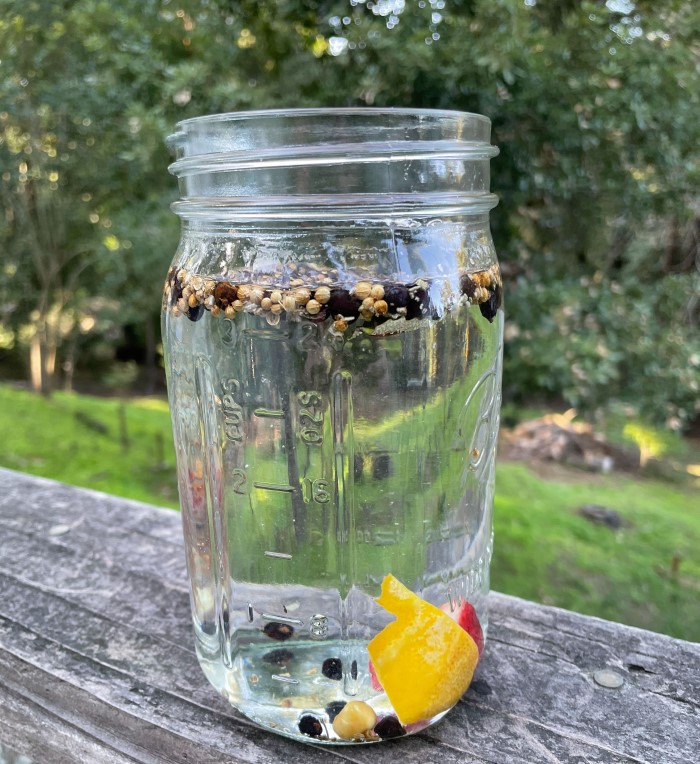
Santa Cruz Mountains Compound Gin
Equipment
Quart sized mason jars
Fine mesh sieve and/or strainer with a muslin cloth or coffee filter
Ingredients
750ml of good quality vodka (Sobieski is nice for the price)
2 Tbsp. California Juniper berries
1 tsp Coriander seeds
2-3” sprig of Douglas fir, or even better, the new growth fir tips which appear in the spring
1-2 leaves of Black Sage (Salvia mellifera)
½ leaf of California Bay Laurel
A few small pieces of Yerba Buena
1 Western Hazelnut
1 small piece of dried Orange Peel, white part removed
1 Wood Strawberry
Method
- Sanitize the mason jar by filling it with boiling water. Let sit while you do step 2.
- Toast hazelnut and coriander seeds in a preheated cast iron skillet until aromatic. Do not burn.
- Empty the mason jar and add the juniper berries.
- Top up with vodka, leaving a little room for the other botanicals.
- Seal the jar and let sit for 12 hours.
- Open the jar and add the rest of the botanicals.
- Seal the jar and let sit for 24 hours. Taste test. If you want a stronger flavor, let sit for another 12 hours and taste test it again.
- When the flavors are at the strength you want, pour gin out into another jar through a fine sieve or strainer. Let sit for 24 hours. If there is sediment at the bottom, strain again using a strainer lined with a muslin cloth or pour through a coffee filter.
For something a little different, toss in some toasted oak chips (available from home brew suppliers) and let them sit in there for 30 days.
Ben Lomond local, Mike De Smidt has been home brewing for 12 years and is a BJCP Certified Beer Judge. Greg Roe is a Felton local who has been a home brewer for 20 years and is a self proclaimed Fermentation Geek.
Photos by Greg Roe

